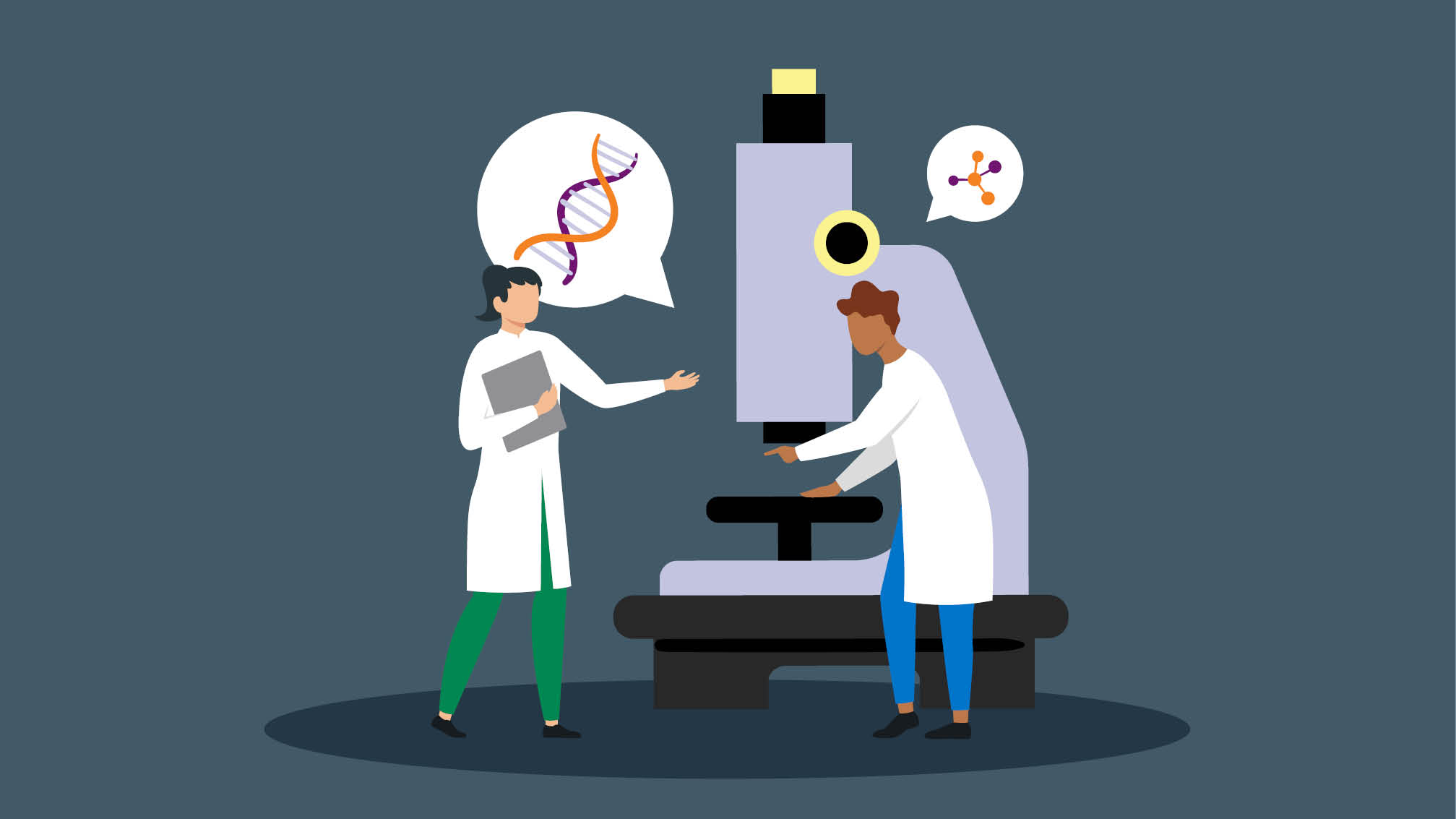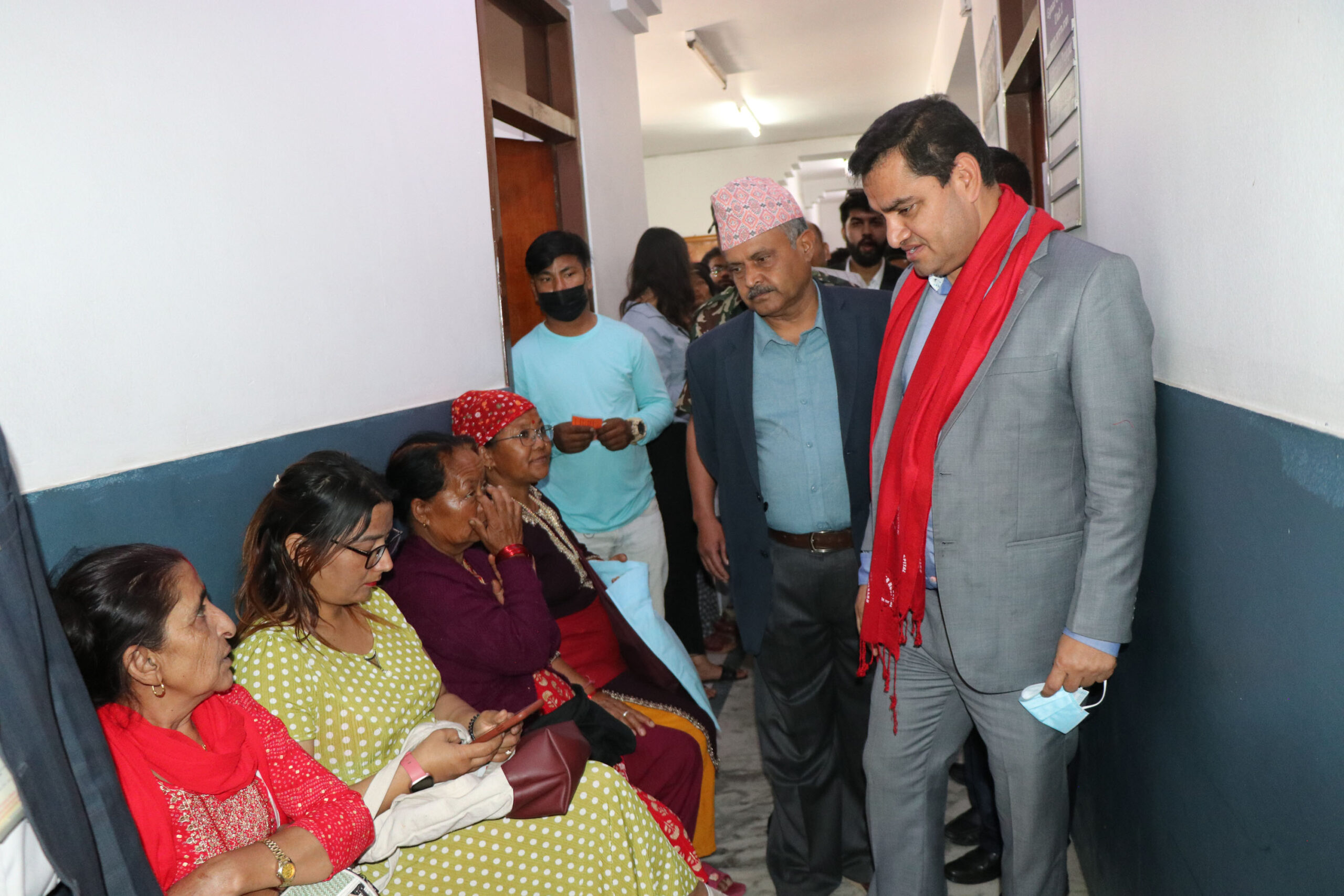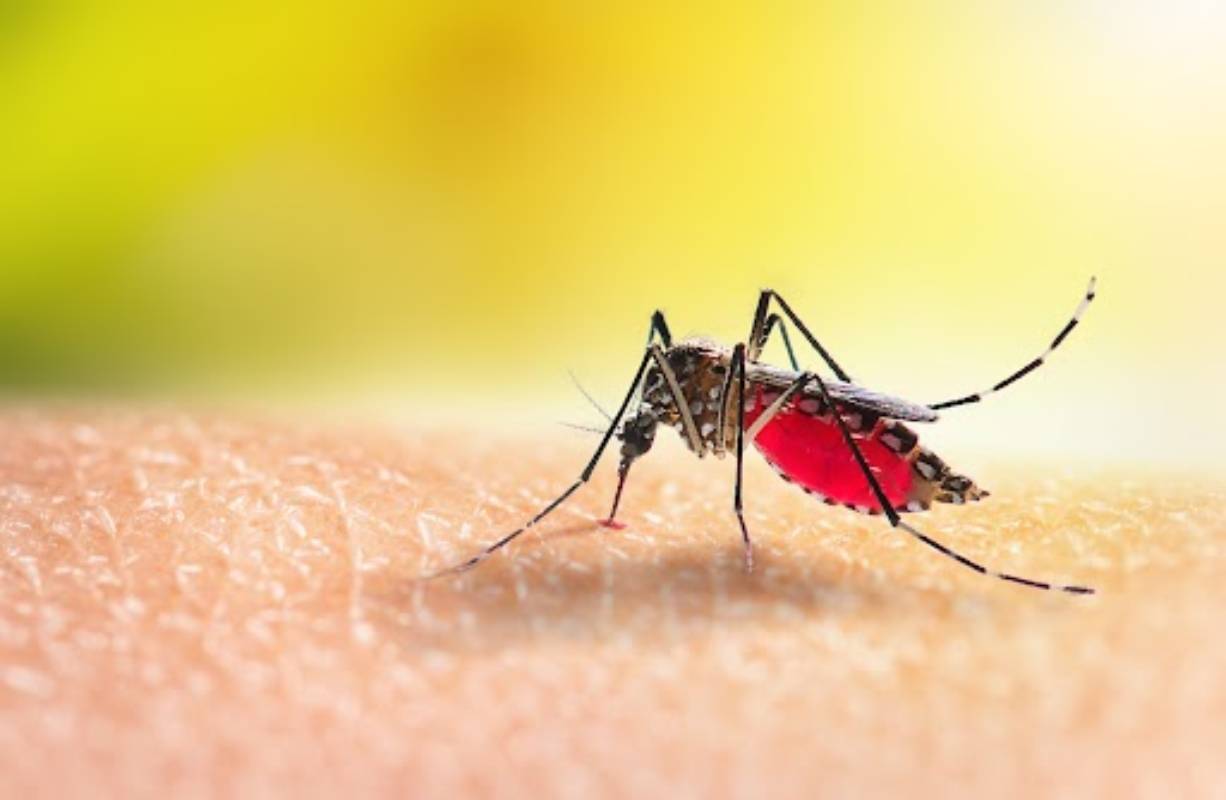Is leukemia hereditary?
This cancer of the blood is rarely passed down, but genetics can help determine risk.

Genetics can increase your risk of leukemia, a cancer of the blood, but that doesn’t mean the disease is hereditary.
In fact, leukemia running in families is rare. The cellular mutations that can lead to the disease aren’t typically passed from generation to generation.
But your family tree and DNA can offer hints about your chances of getting leukemia, as oncologist Akriti Jain, MD, explains.
Leukemia and genetics
Researchers have identified only a few families with an inheritable form of leukemia, says Dr. Jain. So, what causes the disease? That’s still somewhat of a mystery. But there are known risk factors.
Certain genetic mutations, for instance, can increase your leukemia risk. These include:
- CEBPA. This mutation causes a low white blood cell count, increasing the likelihood that you’ll develop infections. An associated low red blood cell count can lead to weakness and fatigue. It can also cause low platelet counts, fever and weight loss.
- DDX41. A mutation in this gene disrupts the ability to suppress tumors. Individuals with this defect are at greater risk for acute myeloid leukemia. (Learn more about the research involving DDX41.)
- RUNX1. This defect causes low platelet counts, a symptom associated with leukemia.
The likelihood of a future leukemia diagnosis also increases with the following genetic conditions:
- Down syndrome (the most common on the list).
- Fanconi’s anemia.
- Bloom syndrome.
- Diamond-Blackfan anemia.
- Shwachman-Diamond syndrome.
- Li-Fraumeni syndrome.
If you or a relative have any of these conditions, your doctor may suggest taking action. “If we know someone has a genetic defect, we can send them and their family members to get genetic counseling,” says Dr. Jain.
Because the more you know, the better you and your doctor can monitor and treat the situation for you and your relatives.
Other factors that increase leukemia risk
Leukemia comes in many forms and can affect anybody. It develops in children and adults (mostly older adults and those assigned male at birth). It accounts for more than 3% of new cancer diagnoses.
In most cases, healthcare providers can’t pinpoint an exact cause for leukemia. But certain life circumstances appear to be connected to the disease. You’re more at risk for leukemia if you have:
- Undergone cancer treatment. Radiation or chemotherapy treatment for cancers (such as those in the breast or lymphoma) increases your chances of developing leukemia. The toxic treatment compounds in your body to make a second cancer more likely, notes Dr. Jain.
- Radiation exposure. Several studies show an increase in certain types of leukemia among groups exposed to radiation over time. Higher rates of leukemia have been reported in nuclear power plant workers, atomic bomb survivors and following exposure to radiation for other types of cancer.
- Contact with chemicals. Exposure to some chemicals (such as benzene) can increase your risk. Manufacturers use benzene in gasoline and throughout the chemical industry.
- Smoking. Smoking is a risk factor for multiple types of cancer, including lung and oral cancers. The cancer-causing substances found in tobacco also can enter your bloodstream. Tobacco-associated toxic chemicals can increase the risk of leukemia by as much as 40%, according to some studies.
Final thoughts
The search for biological processes and interactions that may lead to leukemia is ongoing.
“There has been an explosion in research into trying to find out how certain changes in DNA can cause normal bone marrow cells to become leukemia cells,” says Dr. Jain.
“We are finding more answers as we get better at performing genetic testing and more about the biological processes that can lead to leukemia.”
-Health Essentials










